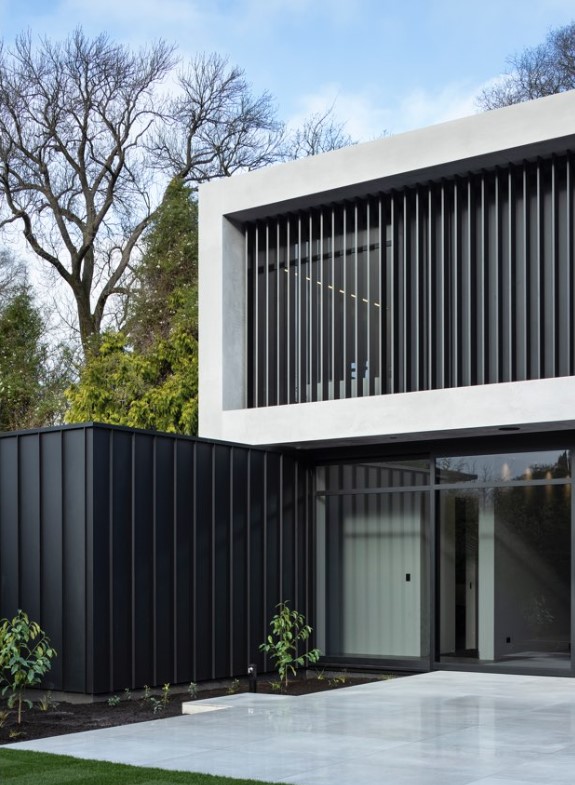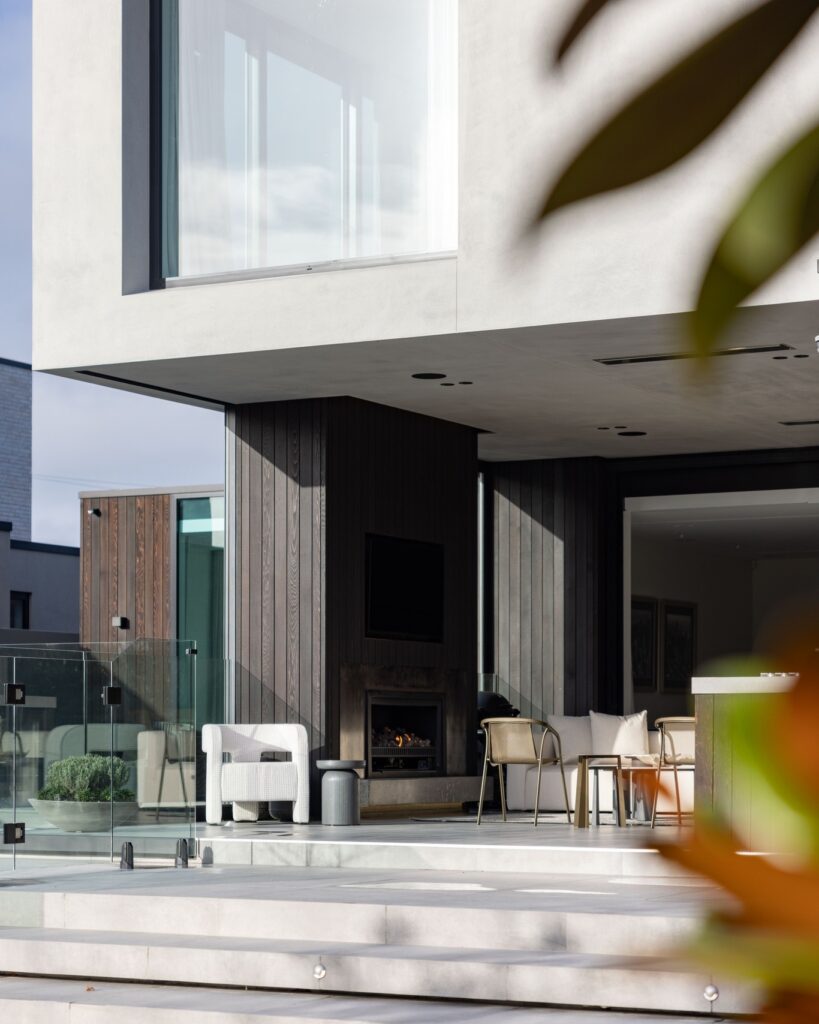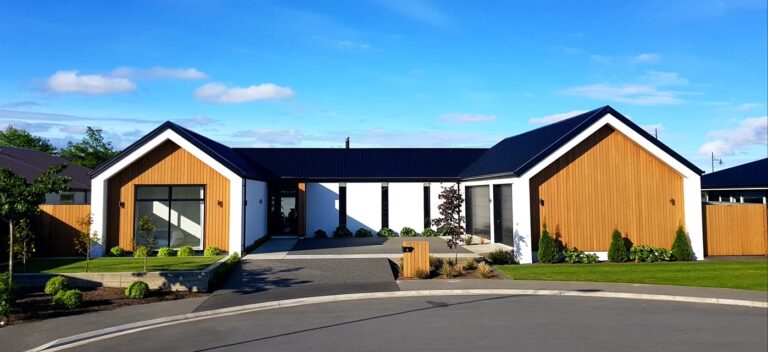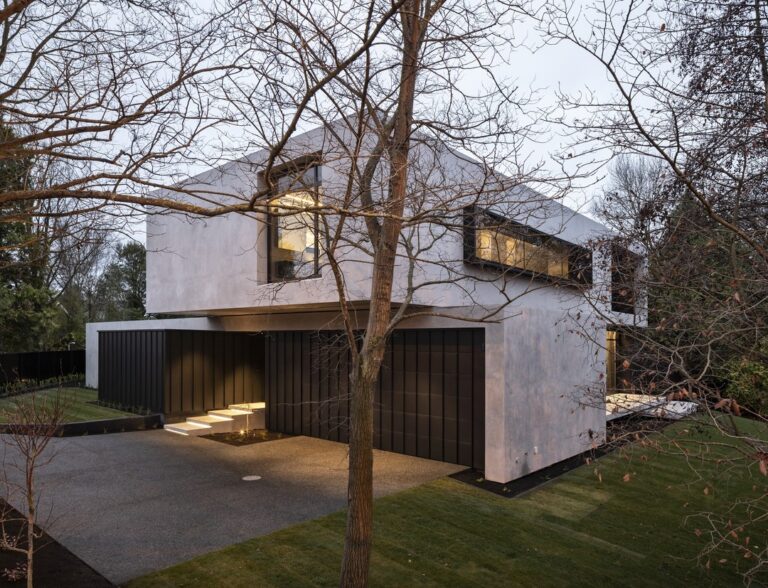Why More Builders Are Choosing AAC Panels
When builders are selecting materials for modern builds – whether residential, architectural, or commercial – AAC (Autoclaved Aerated Concrete) panels are increasingly the go-to. Lightweight, high-performance, and built for today’s environmental and regulatory demands, AAC panels offer many advantages over traditional masonry or concrete block systems.
If you’re considering what material will deliver best value, durability, and performance, here’s why more builders in New Zealand and abroad are choosing AAC – and why Celcrete AAC is a top pick.

What Is AAC (Autoclaved Aerated Concrete)?
Autoclaved Aerated Concrete (AAC) panels are made from a mix of sand (or other silica sources), cement, lime, gypsum and water, with a small expansion agent. The mixture is cured under steam in high-pressure autoclaves, creating a structure filled with many small air pores. The result is a material that is much lighter than conventional concrete, yet still strong, durable, and well suited to modern performance standards.
Key Reasons Builders Prefer AAC Panels
Here are the main benefits builders get when they use AAC – all of which align closely with Celcrete’s system:
- Regulatory / Building Code Compliance
In NZ and elsewhere, the building codes are increasingly strict around thermal insulation, fire performance, moisture control. AAC panels often make it easier to meet or exceed those requirements without expensive add-ons. Using systems like AAC helps minimise risk of non-compliance or needing expensive retrofits.
- Lightweight yet Strong
Because of the internal air pores, AAC panels are significantly lighter than standard concrete or masonry, reducing load on structural framing and foundations. This makes handling, transport, and installation easier and safer.
- Speed & Efficiency on Site
The lighter weight, straight edges, and larger panel sizes allow quicker installation. Less labour, simpler handling, fewer delays. Builders can move faster on construction schedules.
- Excellent Thermal Performance
AAC panels have very good insulation properties (lower thermal conductivity, high thermal mass) thanks to the air voids. Homes and buildings with AAC stay warmer in winter and cooler in summer – lowering heating/cooling costs and helping meet energy efficiency requirements.
- Better Acoustic Insulation (Sound Control)
The porous structure of AAC is good for dampening and absorbing sound. For multi-unit dwellings, intertenancy walls, or any buildings where sound between spaces matters (offices, apartment blocks), that is a valuable benefit.
- Fire Resistance & Safety
AAC panels are non-combustible, resist fire well, and often come pre-certified to meet code requirements for fire ratings. That gives both builders and homeowners greater confidence in safety.
- Durability, Rot & Decay Resistance
Because AAC is inorganic, it doesn’t rot, warp, or decay like some timber or organic materials do. Also, many AAC systems are designed to resist pests and environmental deterioration. This lowers long-term maintenance costs.
- Environmental & Sustainability Advantages
Builders are under increasing pressure (clients, regulations, codes) to build sustainably. AAC’s use of abundant raw minerals, ability to recycle manufacturing off-cuts, reduced embodied energy in many cases, and its efficiency in operation (less energy for heating/cooling) make it an attractive choice for greener builds.
Why Celcrete AAC Aligns with What Builders Need
If you choose a system built with all the benefits above, you get both performance and peace of mind. Celcrete AAC delivers all of these benefits:
- Fire resistance and non-combustibility.
- Materials and manufacturing that reflect sustainability goals: inert, minimal emissions, trimmed waste recycled.
- Lightweight yet structurally robust cladding system designed for NZ’s conditions.
- Excellent thermal and sound insulation.
Conclusion
AAC panels are rapidly becoming a preferred choice for many builders because they combine durability, performance, efficiency, and sustainability in a single system. If you’re planning a project that demands thermal comfort, fire safety, acoustic control, less maintenance and code compliance – AAC deserves strong consideration.
If you want to spec a system or compare quotes, feel free to reach out – we can help you evaluate AAC vs other materials for your build so you get the best value and performance.
Every detail counts – and with Celcrete, you know it’s done right.





